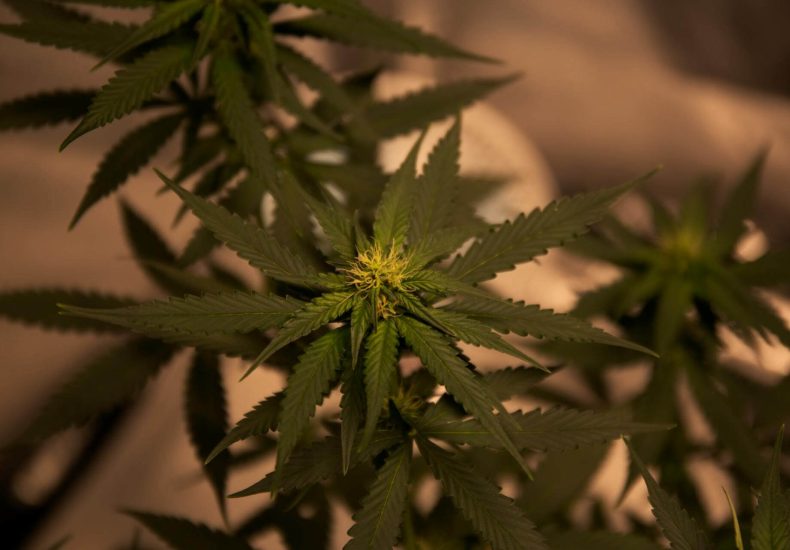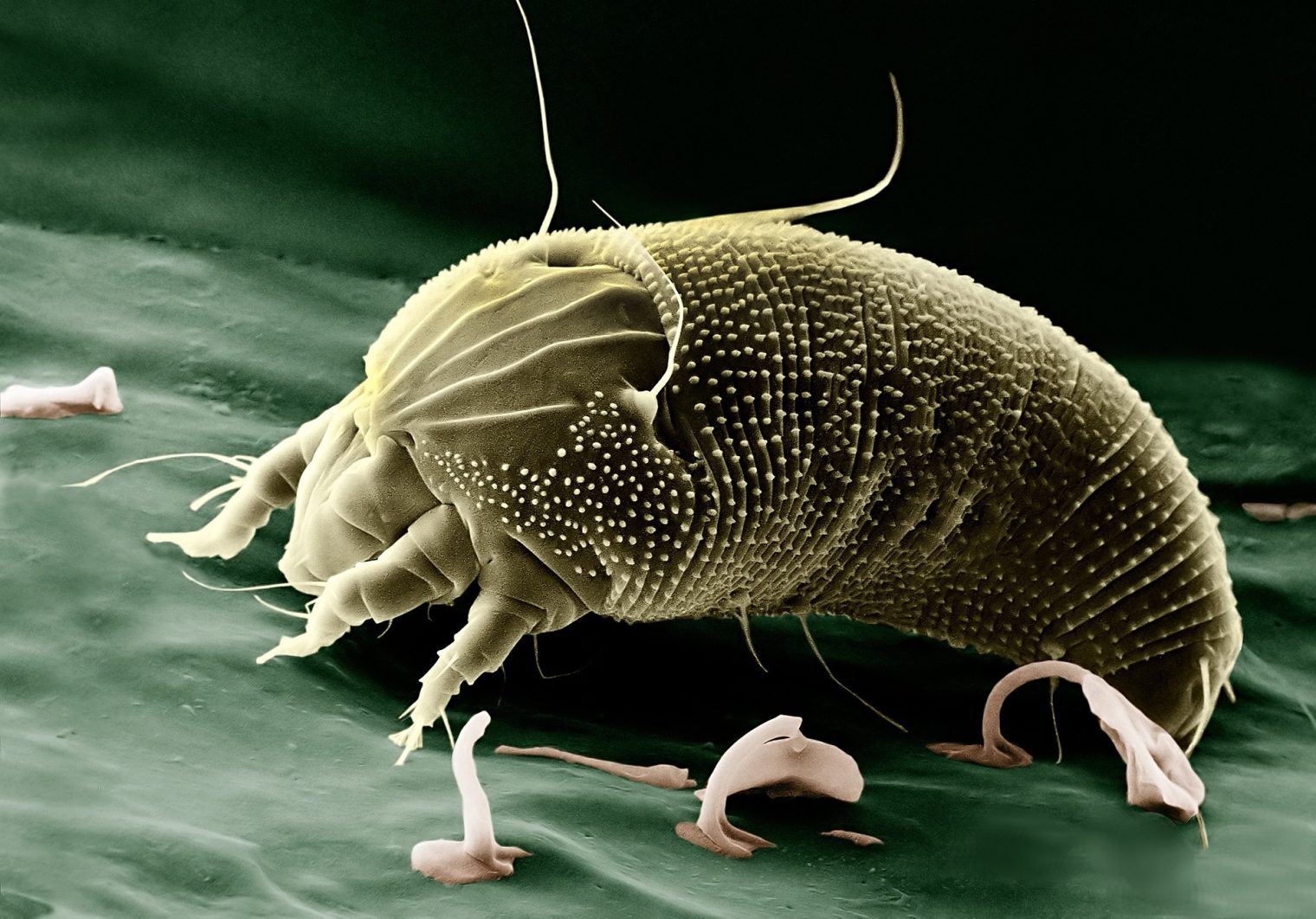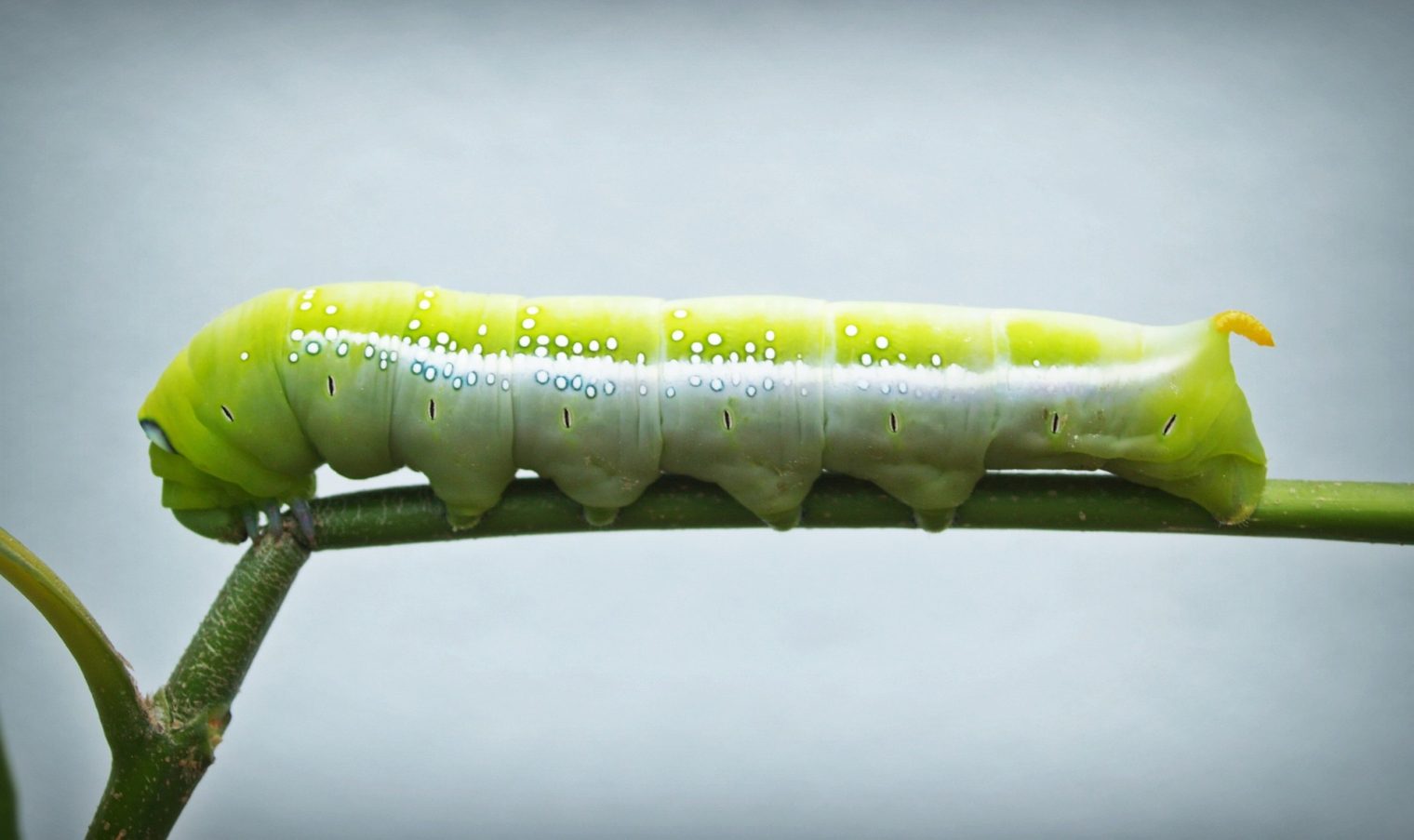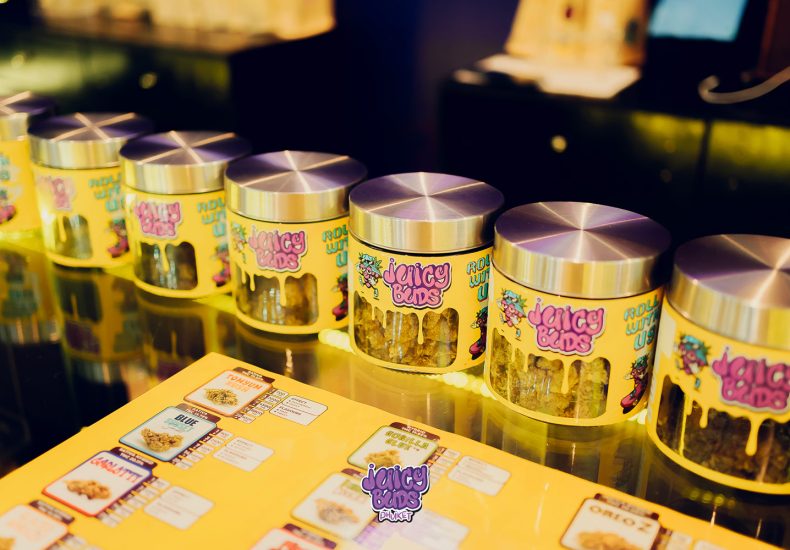 Cannabis
Cannabis
Table of Contents
Finding viable cannabis pest control methods is essential for every weed grower. In the world of cannabis cultivation, maintaining a healthy crop is paramount for yield and quality. One of the most significant challenges that growers face is pest management.
Effective cannabis pest control is not just about reacting to infestations but also about preventing them. This article explores several tried-and-true methods for cannabis pest control that every grower, whether novice or experienced, should incorporate into their gardening practice.

Understanding the Importance of Cannabis Pest Control
Before diving into specific methods, it’s essential to understand why cannabis pest control is critical. Pests can severely damage your plants, affecting their growth, potency, and yield. Some common pests that target cannabis include spider mites, aphids, whiteflies, and caterpillars. Without proper control, these pests can quickly overrun a garden, leading to significant losses.
Integrated Pest Management (IPM)
One of the most effective strategies for cannabis pest control is Integrated Pest Management (IPM). IPM is a holistic approach that focuses on long-term prevention of pests or their damage through a combination of techniques such as biological control, habitat manipulation, and the use of resistant varieties. IPM emphasizes the use of non-chemical methods as the first line of defense, reserving chemical controls for when necessary.
Biological Control
Biological control involves using natural enemies of pests to manage their populations. For cannabis growers, this can include introducing beneficial insects like ladybugs and lacewings, which feed on aphids and mites. Another option is the use of predatory mites to combat spider mite infestations. This method of cannabis pest control is environmentally friendly and can be very effective when implemented correctly.
Cultural Practices
Cultural practices are preventive measures that reduce the risk of pest infestations. These include crop rotation, selecting pest-resistant plant strains, and maintaining optimal growing conditions. For cannabis, ensuring proper air circulation, adequate spacing between plants, and optimal moisture levels can significantly reduce the likelihood of pest problems. Cleanliness in the grow area is also crucial; removing dead plant material and disinfecting tools can prevent the spread of pests.
Physical and Mechanical Controls
Physical and mechanical methods are direct ways to remove or kill pests. These can include handpicking, using water sprays to dislodge pests, or employing barriers such as insect nets. For cannabis growers dealing with larger pests like caterpillars, manual removal might be feasible. Additionally, traps and sticky tapes can be effective for monitoring and controlling flying insects.
Chemical Controls
When non-chemical methods are insufficient for managing pest populations, growers may resort to chemical controls. However, it’s essential to choose products that are safe for cannabis and the environment. Organic pesticides, such as neem oil, pyrethrins, and insecticidal soaps, can be effective against a wide range of pests. These products are less likely to harm beneficial insects and are generally safer for the grower and the end consumer. Always follow label instructions and use pesticides as a last resort.
Environmental Manipulation
Altering the environment can make it less hospitable to pests. This method of cannabis pest control includes adjusting humidity and temperature levels to levels that are unfavorable for pests but suitable for cannabis plants. For example, reducing humidity can help prevent fungal infections, which can attract certain pests. Proper ventilation and the use of dehumidifiers can aid in this effort.
Regular Monitoring
Regular monitoring is crucial for early detection and management of pest infestations. This involves inspecting plants closely for signs of pests or damage and implementing control measures promptly. Keeping a log of observations can help identify patterns and potential problem areas in your garden.

Educating Yourself and Staying Informed
The world of cannabis pest control is ever-evolving, with new methods and products being developed regularly. Staying informed through reputable sources and continuous learning can help growers adapt their strategies to be more effective and sustainable.
Harnessing Environmental Controls for Optimal Cannabis Pest Management
An integral yet frequently underestimated aspect of cannabis pest control involves leveraging environmental conditions to deter pest infestations. By meticulously managing the growing environment, cultivators can significantly reduce the likelihood of pests becoming a formidable issue. This proactive approach to cannabis pest control emphasizes the importance of prevention over reaction, underscoring the adage that “an ounce of prevention is worth a pound of cure.”
First and foremost, maintaining optimal humidity levels is critical. Most pests thrive in high-humidity environments, which also promote the growth of mold and mildew. By keeping the humidity levels in the grow area within the ideal range for cannabis cultivation, growers can stave off an array of pests and fungal issues. The use of dehumidifiers, along with regular monitoring of humidity levels, can play a pivotal role in this preventive strategy.
Importance of Air Circulation
Equally important is the circulation of air within the grow space. Good air circulation ensures that no part of the plant remains damp for long periods, thereby deterring pests that prefer moist conditions. Strategically placed fans can aid in achieving uniform air distribution, making the environment less inviting for pests.
Lastly, cleanliness cannot be overstated. Regular cleaning and sanitization of the grow area remove potential pest hiding spots and breeding grounds. By implementing a rigorous sanitation schedule, including the removal of plant debris and disinfection of tools and containers, growers can create an environment that is less conducive to pest invasions.
Incorporating these environmental control methods into a comprehensive cannabis pest control plan can significantly enhance a grower’s ability to prevent pest outbreaks. By focusing on creating an unfavorable environment for pests, growers not only protect their crops but also reduce the need for chemical interventions, leading to healthier plants and a more sustainable cultivation practice.
Cannabis Pest Control in 2024 for Growers
Effective cannabis pest control requires a multifaceted approach that combines prevention, early detection, and appropriate interventions. By incorporating Integrated Pest Management strategies, utilizing biological controls, practicing good cultural habits, employing physical and mechanical methods, cautiously applying chemical controls, manipulating the environment, and staying vigilant through regular monitoring, growers can protect their cannabis crops from pests.
Remember, the goal is not just to react to pest problems but to create a growing environment that minimally favors their development. Through education and the application of these methods, cannabis growers can ensure the health and productivity of their plants, leading to successful harvests year after year.


